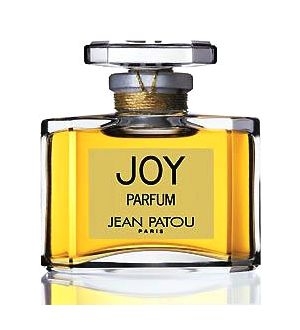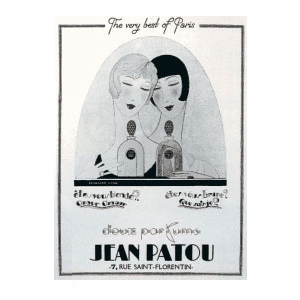In the 1930s, the context of French colonies was deeply intertwined with notions of exoticism, luxury, and adventure. This was a period when travel to far-flung destinations was becoming more accessible, and the allure of tropical climates and exotic locales captivated the imagination of many in Europe and beyond. French colonies, particularly in Africa, the Caribbean, and Southeast Asia, represented a blend of mystique, natural beauty, and cultural richness.
The French Colonial Exposition (Exposition coloniale internationale) of 1931, held in Paris, was a grand showcase of France's colonial empire, featuring pavilions dedicated to various territories under French control. It displayed cultural artifacts, natural resources, and achievements from colonies across the globe, capturing the imaginations of visitors with exotic imagery and the allure of far-off lands. The expo aimed to promote French colonialism, highlight its economic benefits, and reinforce cultural ties between France and its colonies. Jean Patou, a visionary in the world of perfumery, found inspiration in this rich tapestry of cultural diversity and luxury. The exposition highlighted tropical elements such as rare materials and exotic fruits like pineapple, symbolizing opulence and exoticism in the early 20th century.
Patou's decision to create the perfume "Colony," launched in 1937, was influenced by this cultural zeitgeist. The fragrance aimed to encapsulate the essence of the French colonies, particularly emphasizing the lush and tropical atmosphere evoked by the exposition. Pineapple, a central note in Colony, became synonymous with luxury and exoticism, echoing the themes celebrated at the 1931 exposition. Patou's approach to perfumery was meticulous; he ensured that Colony not only captured the scent of pineapple accurately but also resonated with the cultural fascination of the era.
The timing of Colony's release in 1937 was strategic. Perfume development involves rigorous testing and refinement to achieve the desired olfactory profile, especially when aiming to recreate specific scents like pineapple. Patou also likely considered market timing, waiting for an opportune moment after the initial buzz of the exposition had settled, while still capitalizing on the enduring allure of colonial themes in fashion and culture. By 1937, Colony was ready to be widely distributed and marketed, ensuring its success as a fragrance that captured the exoticism and luxury associated with the French colonies, inspired by the grandeur of the 1931 exposition.
Patou's decision to launch the perfume "Colony," created by Henri Almeras, was influenced by this cultural zeitgeist. The fragrance aimed to encapsulate the essence of the French colonies, particularly emphasizing the lush and tropical atmosphere evoked by the exposition. Pineapple, a central note in Colony, became synonymous with luxury and exoticism, echoing the themes celebrated at the 1931 exposition. The word "Colony" itself evokes images of distant lands under French rule, where pineapples were often grown as a symbol of tropical abundance and sophistication. Pineapples, being a luxury fruit in Europe at the time, carried connotations of wealth and exoticism. Patou's approach to perfumery was meticulous; he ensured that Colony not only captured the scent of pineapple accurately but also resonated with the cultural fascination of the era.
"Colony" would have appealed to individuals seeking to evoke the essence of adventure, luxury, and tropical escape. Those who related to this perfume might have been travelers, colonial officials, socialites, or anyone fascinated by the allure of far-off lands and tropical climates. The scent of pineapple, a central note in Colony, would have further enhanced the perfume's association with freshness, sweetness, and the exotic.
This type of perfume would likely have been most popular in cosmopolitan cities where there was a strong interest in fashion, luxury goods, and the latest trends in perfumery. Places like Paris, London, New York, and other major European capitals would have been ideal markets for a perfume named "Colony," as they were hubs of cultural exchange and appreciation for luxury goods from around the world.
The name "Colony" itself is quite unique for a perfume. It suggests a narrative of exploration, discovery, and the opulence associated with French colonial possessions. It would have been interpreted as a symbol of sophistication and worldliness, appealing to those who sought to embody a sense of adventure and refinement in their daily lives.



































